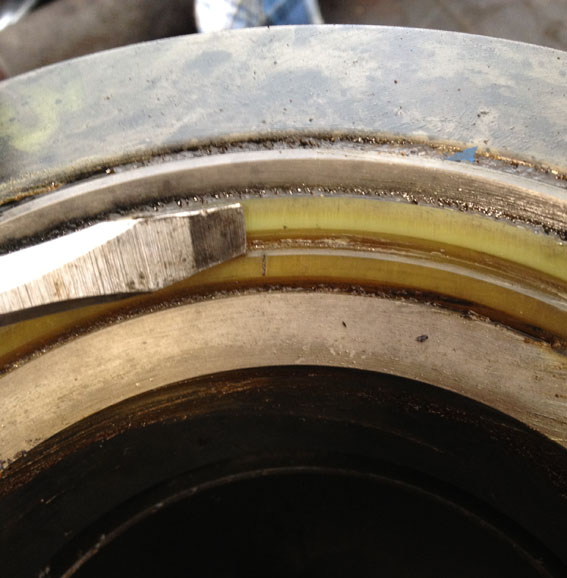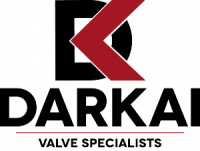Why Do Valves Leak?
Valves are rarely lubricated according to manufacturer’s specifications
- A typical valve requires 2 oz of product per inch of valve diameter.
- A small 4” valve would require 8oz of product to properly grease the valve.
- A hydraulic hand gun requires 25 strokes to move 1 oz of product.
- A 4” valve would require 200 strokes to deliver the right amount of product.
Due to lack of training, remote locations, cost and lack of manpower in the field, this is rarely achieved which reduces valve life and increases risk of leakage.
Lack of Proper Maintenance
- Common perception is that because the valve was tested in the factory, the valve should seal perfectly for many years in the future. Proper valve maintenance is essential to the reliability and integrity of the entire pipeline system
- The personnel often assigned to perform valve maintenance often have no prior training or experience
- Solid contaminants such as pipe scale, welding slag, hot tap cuttings, sand and dirt create tiny scratches on the mated sealing surfaces. These scratches erode into progressively larger leak passageways.
Dry Out
- Dehydrated natural gas offers little, if any, lubrication
- Internal elastomeric seal tends to dry out, harden and then stick to the sealing surfaces
“Almost all valve failures can be attributed directly to a lack of proper, yet inexpensive, maintenance procedures – the most important being lubrication and cleaning”.Pipeline Industry Magazine
Benefits of Ongoing Maintenance
- Significantly reduce the chance of valve leakage, thus offering improved overall pipeline efficiency and performance
- Improve the performance of all valves & attached pipelines
- Reduce the chance of expensive pipeline shutdowns and repairs
- Reduce the chance or probability of environmental hazards
- Cost savings on valve rebuilding as opposed to buying new is about 30% to 40%
Valve Replacement Costs
(from Sealweld Corporation Study)The following are costs associated with Valve Replacement:
New Valve |
Cost $1200 – $2000 per inch of valve diameter |
Ball Valve |
36inch ranges from $45 – $65,000 delivered to locations |
Manpower & Equipment |
Depending on location, can vary. Estimates range from $50,000 – $250,000 |
Lost Gas During Valve replacement |
Estimates range from $50,000 – $100,000 per valve |
Lost Revenue for Operator |
When a pipeline goes out of service revenue is not being generated, but fixed costs of operations are constant. |
Environmental Impact |
Extending valve life means a valve has to be replaced less; therefore, reducing the amount of gas that is vented or flared to the atmosphere |

Why Proper Valve Maintenance is Crucial
- Almost all valve failures and loss of valve life can be attributed to lack of proper, routine maintenance-the most important being lubrication and cleaning.
- Every time a valve is cycled some lubricant is lost downstream.
- Forcing a hard to operate valve to open or close can cause damage to internal components.
- Cycling a valve when internal surfaces are dry can cause scarring on the ball and seat surfaces leading to leakage.
- Higher pressures in a pipeline also accelerate lubrication loss with every actuation.
- When called upon a critical valve must close and seal properly in order to protect people, property and the environment.
Potential Hazards When Valves are Not Maintained
Older valves & equipment deteriorate over time due to the corrosive nature of oil & gas materials. Improper or infrequent maintenance will cause a quicker than expected shutdown or leakage that will require immediate action to contain and fix any valve malfunctions. This adds to extra time delays, financial costs and unsafe work environments.Environment hazards exist such as:
- Contamination of land and water from oil & gas and salt water releases
- Loss and fragmentation of wildlife & their habitat
- Loss of and fragmentation of natural vegetation
- Loss or damage of soils
Breakdowns
Valve malfunction, delays and potential breakdownFinancial
Pipeline shutdown (loss of revenue), high cost to repair or replace valves, operational costs will not be reduced and in fact could go up, potential fines or fees for any valve and pipeline leaksLegalities
Extra Government regulatory requirements & reporting




